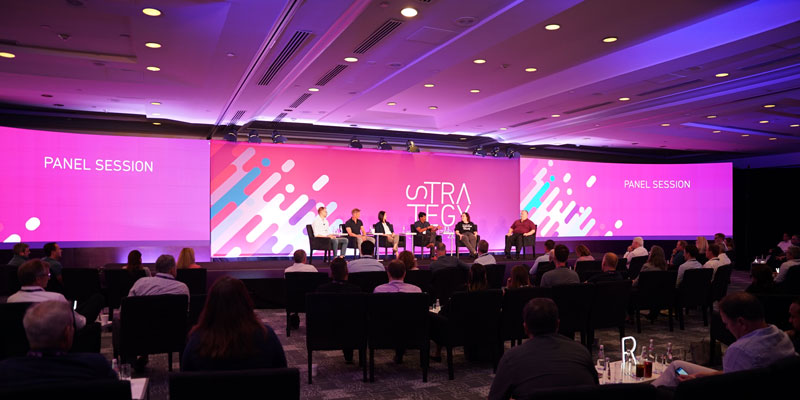Exploring How Resolution Affects the Performance and Aesthetic Quality of LED Screens in Modern Display Techniques
Exploring How Resolution Affects the Performance and Aesthetic Quality of LED Screens in Modern Display Techniques
Blog Article
LED walls are becoming more and more common in various settings, from musical events and athletic events to corporate presentations and creative exhibits. One of the key crucial factors that influence the performance and image clarity of these screens is image clarity. Resolution refers to the number of pixels that make up the visual on the display. Increased image clarity indicates more picture elements, which can result in sharper and clear images. Understanding how image clarity impacts LED screens can assist operators make informed decisions about their screen needs.
When discussing resolution, it is essential to take into account picture spacing, which is the gap between the center of one pixel to the center of the next picture element. A reduced picture spacing results in a higher resolution, enabling additional clarity in the visuals displayed. For example, an LED screen with a picture spacing of 1.5mm will offer a clearer image than one with a picture spacing of 3mm. This is especially important in environments where viewers are close to the display, such as in a small venue or a trade event booth. In these cases, a greater resolution can significantly enhance the viewing quality.
Another factor of image clarity is its impact on color precision and luminosity. LED screens with higher resolutions often have superior hue rendering, meaning that the colors shown are increasingly lively and true to life. This is crucial for uses like marketing, where the goal is to attract interest and communicate a concept effectively. Additionally, higher image clarity screens can maintain brightness levels even when viewed from different angles. This is important in big locations where audiences may be seated at different ranges and angles from the screen.
The performance of LED walls is also influenced by resolution in terms of refresh rates and response times. A higher resolution display can handle faster refresh rates, which is crucial for fast-moving material such as films and motion graphics. This indicates that the visuals on the display will appear smoother and more fluid, enhancing the overall viewing quality. In comparison, reduced image clarity screens may have difficulty with dynamic material, resulting in fuzziness or delay. Therefore, for events that rely on high-energy visuals, selecting a screen with a appropriate image clarity is vital.
In summary, image clarity plays a crucial role Related Site in determining the performance and visual quality of LED walls. Factors such as picture spacing, hue precision, luminosity, refresh rates, and response times all contribute to how efficiently a screen can communicate data and capture viewers. As technology continues to advance, understanding these elements will help operators choose the appropriate LED screen for their specific needs, ensuring that they achieve the optimal potential outcomes in their presentations and events.